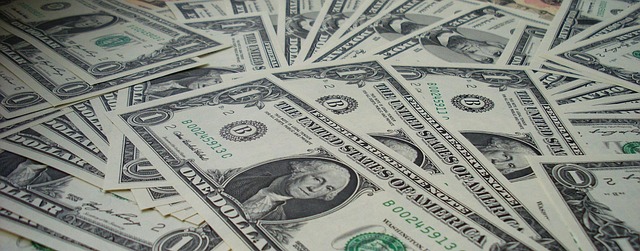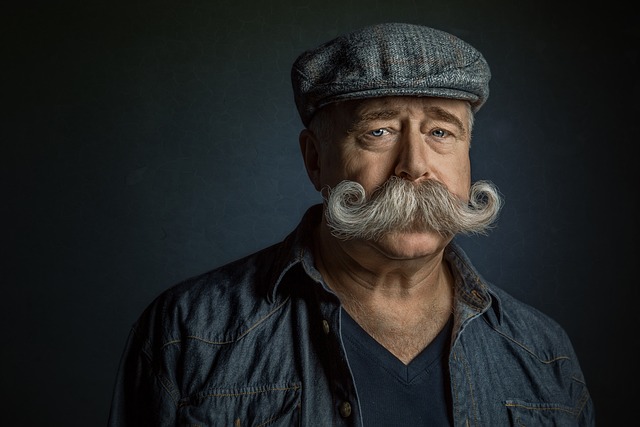If you care about your facial hair, you should know where your beard oil and shaving brushes are coming from. Are independent stores or major retail chains better for grooming products? It boils down to your priorities, budget and need for convenience. Here’s a comprehensive breakdown to decide whether small businesses or corporations deserve your dollars.
Why Independent Stores Have Better Grooming Products
Independent stores have made great strides in improving their quality and craftsmanship. Here are five reasons they stand out from the big chains.
1. Unique Formulas
Retailers may rely on generic recipes to pander to broad audiences, but independent stores can implement innovative formulas. These small businesses aren’t afraid to experiment with essential oils and natural extracts. They’re not beholden to red tape and the typical chain of command, so they can quickly integrate skin care science innovations.
For example, an independent store may include chamomile shaving creams or aftershave lotions. Experts say this plant helps with inflammation and acne, making it terrific for grooming products. Indie brands might also offer products specific to your facial hair’s needs, including moisturizers, thick beard care and sensitive skin.
2. Superior Ingredients
You probably won’t catch independent stores using synthetic fillers or artificial fragrances. Using high-quality, natural ingredients is a big plus for these smaller businesses. They use components like organic butters, cold-pressed oils and plant-based extracts in each bottle and jar. You may find these elements to be better for your beard and skin.
Another key benefit of independent store products is avoiding harsh chemicals. Retailers may use them to extend shelf life and cut costs, ultimately harming quality. Small businesses instead use natural preservatives to ensure their products last longer. They may use only high-quality ingredients that have a pleasant smell.
3. Small Batch Production
Large companies make their grooming products on factory lines, giving them ample supplies for worldwide shipping. However, independent stores have a leg up when producing their goods in smaller batches. Slower development opens more time for oversight in every step of the process, including quality control. Employees can focus on each item with care and monitor their effectiveness.
Producing in smaller batches can also benefit freshness. Smaller stores don’t utilize hundreds of bottles and boxes, which could spend weeks in factory warehouses. When the business has created its product, it can ship it to the consumer to ensure freshness. Experts say skin care products last about a year after opening, so getting fresh ones helps shelf life.
4. Distinct Scents
Smell affects numerous parts of your life, even if you don’t realize it. For example, vanilla is noticeable and attractive in social settings because it reminds people of pleasant things. Independent stores recognize the importance of distinctive scents by distinguishing themselves from generic, mass-appealing fragrances. They’re free to try new things and find ways to stand out.
Where else can you get shaving cream with lime and pomegranate notes to support sensitive skin? From tobacco to bergamot, these scents are sophisticated, unique and derived from natural sources. You can rely on the independent shops if you want something woodsy or more masculine. Otherwise, you’ll get generic scents from the major retailers and won’t stand out.
5. Direct Feedback Loops
If you have a complaint about a large company’s product, you can contact the customer support team. However, what are the odds it’ll actually affect how it crafts products? Your feedback might get lost in the shuffle and won’t impact future items. However, the loops are more direct with smaller companies because there are fewer hoops to jump through.
Independent stores have a more communal setup due to their dedicated customer base. Fewer employees and management teams may lead to quicker responses and your feedback being heard sooner. You can contact the creators directly through email or social media to register your suggestions. The focus on customers can make them more malleable than corporations.
Where Major Retailers Have an Advantage
Independent stores have reasons to boast about their product quality. However, these three reasons demonstrate why large companies have staying power on shelves.
Consistency and Availability
Mass production isn’t always a bad thing for beard care products. Large companies typically follow a set formula, ensuring that their products remain consistent no matter where you buy them. This is especially helpful so that if you’re traveling and want to find your go-to brand at a big box retailer, you can count on the same ingredients and performance.
A trip to Walmart gives you access to a wide range of top brands without the wait time of online orders. However, while retailers like Walmart often promote their own private-label products, they still rely heavily on third-party brands to meet customer expectations and find financial success. Many shoppers can tell the difference in quality, and trusted products often win out.
Dermatologist Testing
A dermatologist’s approval seal makes you feel better about a product. However, it might not be easy for independent stores to get the verification. Large retailers typically have more access to clinical testing before their brands hit shelves because they have the money to pay for it. Conversely, a mom-and-pop shop might not want to expend capital on the process.
Dermatologist approval may include a human repeat insult patch test (HRIPT), which experts say costs nearly $10,000 per product. The process can take months, so a small business might not have the time and resources. However, a chain could afford it because it has other established products and higher revenue.
Regulatory Compliance
Large companies have to play by the rules and meet industry regulations. More time is spent in the lab to inspect ingredient safety with HRIPTs, though not all brands use them. These retailers have the resources and legal oversight to ensure legal compliance, which benefits the consumer. You can buy products and worry less about cutting corners regarding safe usage.
Independent stores may comply with industry regulations, but federal laws complicate things. The Food and Drug Administration says it doesn’t require approval before products hit the shelves unless they have color additives. These small businesses may have knowledge gaps and limited resources when inspecting their creations. Therefore, they need to be transparent and find areas for improvement.
Only the Best for Your Beard
Choosing between independent stores and major retail chains depends on your preferences. Large companies may suit you if you want consistency, availability and rigorous testing. However, independent stores offer innovation, enhanced craftsmanship and premium ingredients. Regardless, it’s best to stay informed on your favorite products and find what’s right for your facial hair.



